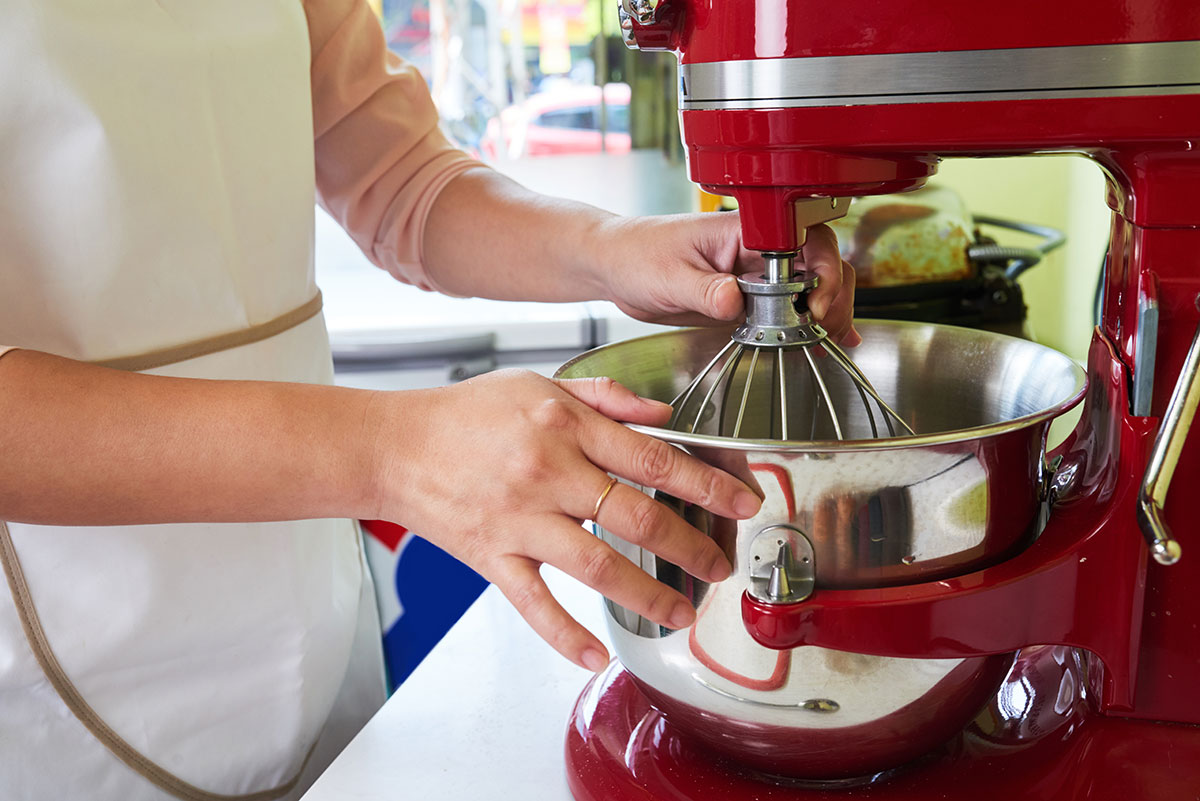

Articles
How Long To Knead Pizza Dough In Mixer
Modified: February 20, 2024
Learn how long to knead pizza dough in a mixer with our informative articles. Master the perfect dough consistency for homemade pizzas at home.
(Many of the links in this article redirect to a specific reviewed product. Your purchase of these products through affiliate links helps to generate commission for Storables.com, at no extra cost. Learn more)
Introduction
When it comes to making delicious homemade pizza, one of the key steps in the process is kneading the dough. Kneading helps develop the gluten in the dough, resulting in a chewy and light crust. While kneading dough by hand can be a therapeutic and enjoyable experience, using a mixer can save you time and effort. In this article, we will explore the role of kneading in pizza dough and the benefits of using a mixer for this task. We will also discuss the factors that can affect the kneading time in a mixer, provide recommendations for kneading times for different types of pizza dough, and offer tips and common mistakes to avoid. So, grab your apron and let’s dive in!
Key Takeaways:
- Using a mixer for kneading pizza dough saves time, effort, and ensures consistent results, making the dough-making process more efficient and convenient.
- Factors such as mixer type, speed, dough hydration, and flour type can affect kneading time, so it’s crucial to adjust accordingly for the desired texture and consistency.
Read more: How Long To Knead Dough In A Stand Mixer
Understanding the role of kneading in pizza dough
Kneading is a crucial step in making pizza dough as it helps develop the gluten in the flour. Gluten is a protein that gives the dough its structure and elasticity. When the dough is kneaded, the gluten strands align and form a network, which traps air bubbles during the fermentation process. This network of gluten gives pizza dough its characteristic chewy texture and helps the crust rise properly during baking.
During kneading, the dough goes through two important processes: hydration and gluten development. Hydration refers to the absorption of water by the flour. As water is added to the dough, the proteins in the flour begin to bond with the water molecules, forming gluten. Gluten development occurs when the dough is stretched and folded during kneading. This process helps align the gluten strands and strengthens the dough, creating a more elastic and resilient structure.
Proper kneading ensures that the dough is evenly mixed, resulting in a consistent texture and flavor throughout the crust. It also helps distribute the yeast and other ingredients evenly, promoting uniform fermentation and flavor development. By properly developing the gluten, kneading creates a dough that is easier to work with and yields a light and airy crust.
While kneading by hand can be an enjoyable and traditional method, using a mixer offers several benefits. A mixer provides consistent and even kneading, which can be challenging to achieve by hand. It also saves time and effort, especially when making large batches of dough. Additionally, using a mixer allows you to multitask in the kitchen while the dough is being kneaded, making the process more convenient.
The benefits of using a mixer for kneading
Using a mixer for kneading pizza dough offers several advantages that make the process more efficient and convenient. Here are some of the benefits of using a mixer:
- Consistency: A mixer provides consistent kneading, ensuring that the dough is evenly mixed and the gluten is properly developed. This results in a uniform texture and flavor throughout the crust.
- Time-saving: Kneading dough by hand can be time-consuming, especially when making larger batches. A mixer speeds up the process, allowing you to knead larger quantities of dough in less time.
- Effort reduction: Kneading dough by hand requires physical effort and can be tiring, especially for those with limited strength or hand mobility. Using a mixer eliminates the need for manual labor, making the process easier and more accessible.
- Conservation of energy: Mixers are designed to use less energy compared to manual kneading. This helps reduce the strain on your wrists and muscles, making the dough-making process more comfortable.
- Multitasking: With a mixer, you can set the dough to knead and attend to other kitchen tasks while it does the work. This allows you to save time and be more efficient in the kitchen.
- Consistency in results: Using a mixer ensures that you achieve consistent results each time you make pizza dough. This is especially important if you want to maintain a specific texture and flavor for your pizza crust.
While using a mixer is undoubtedly advantageous, it’s essential to note that different types of mixers may vary in their kneading capabilities. Stand mixers with dough hook attachments are commonly used for kneading pizza dough, as they provide the necessary power and speed. However, even hand mixers can be used effectively for smaller batches of dough.
Now that we’ve explored the benefits of using a mixer for kneading let’s dive deeper into the factors that can affect the kneading time in a mixer.
Factors affecting the kneading time in a mixer
When using a mixer to knead pizza dough, several factors can influence the kneading time. Understanding these factors will help you achieve the perfect texture and consistency for your crust. Here are some of the key factors to consider:
- Type of mixer: Different types of mixers have varying kneading capabilities. Stand mixers with powerful motors and dough hook attachments are generally more efficient at kneading dough compared to hand mixers.
- Mixer speed: The speed at which you set your mixer can affect the kneading time. Higher speeds typically result in more intensive kneading and shorter kneading times. However, it’s important to follow recipe instructions as some doughs may require slower speeds or gentle kneading.
- Dough hydration: The hydration level of your pizza dough can affect the kneading time. A drier dough may require more kneading to fully develop the gluten, while a wetter dough may require less kneading. Adjusting the hydration level can help achieve the desired texture and consistency.
- Flour type: Different types of flour have varying gluten content. Higher protein flours, such as bread flour, generally require longer kneading times to develop the gluten fully. All-purpose flour or softer flours may need less kneading. Consider the specific characteristics of the flour you are using and adjust the kneading time accordingly.
- Recipe requirements: Each pizza dough recipe may have specific instructions regarding kneading time. Follow the recipe guidelines to ensure that you achieve the desired results in terms of texture, rise, and flavor.
- Batch size: The size of your dough batch can impact the kneading time. Larger batches may require longer kneading for all the dough to be evenly mixed and the gluten properly developed. If you are making a smaller batch, the kneading time may need to be adjusted accordingly.
It’s important to remember that these factors are not absolute and may vary depending on the specific recipe and desired outcome. It’s always recommended to follow the recipe instructions and make adjustments based on the visual and textural cues of the dough as you knead it.
In the next section, we will provide recommended kneading times for different types of pizza dough to serve as a general guideline.
Knead pizza dough in a mixer for 8-10 minutes on medium speed. This will help develop gluten and create a smooth, elastic dough for a perfect crust.
Recommended kneading time for different types of pizza dough
The kneading time for pizza dough can vary depending on the specific recipe, desired texture, and the type of mixer being used. While these times are not set in stone, they serve as a general guideline to help you achieve optimal results. Here are the recommended kneading times for different types of pizza dough:
- Standard pizza dough: For a basic pizza dough made with all-purpose flour, a kneading time of around 8 to 10 minutes on medium speed is usually sufficient. This allows for proper gluten development and a smooth, elastic texture.
- Whole wheat pizza dough: Whole wheat flour tends to have a lower gluten content, requiring a longer kneading time to fully develop. Knead the dough for approximately 10 to 12 minutes on medium to high speed to ensure proper gluten development and a lighter texture.
- Gluten-free pizza dough: Gluten-free doughs typically have a different texture and require less kneading compared to traditional doughs. Depending on the recipe and specific flour blend being used, a kneading time of around 5 to 7 minutes on low to medium speed should be sufficient.
- Artisan-style pizza dough: Artisan-style doughs often use a combination of flours and a longer fermentation process. Knead the dough for approximately 12 to 15 minutes on medium speed to develop the gluten fully and achieve the desired chewy texture.
- Thin crust pizza dough: Thin crust doughs can benefit from a shorter kneading time to avoid overdeveloping the gluten. Knead the dough for around 6 to 8 minutes on medium speed to maintain a lighter and crisper texture.
It’s important to note that these times can vary depending on the specific recipe and the mixer being used. It’s always a good idea to monitor the dough’s texture and adjust the kneading time accordingly. The goal is to achieve a smooth, elastic, and slightly tacky dough that passes the windowpane test.
In the next section, we will provide some tips for kneading pizza dough in a mixer to help you achieve optimal results.
Tips for kneading pizza dough in a mixer
Kneading pizza dough in a mixer can be a straightforward and efficient process. To ensure the best results, consider the following tips:
- Read the recipe: Carefully read the recipe instructions before starting the kneading process. Note any specific recommendations regarding mixer speed, kneading times, and any additional instructions.
- Prep your ingredients: Measure and prepare all your ingredients before starting the kneading process. This includes properly measuring the flour, activating the yeast if necessary, and ensuring all other ingredients are ready to be incorporated into the dough.
- Begin on low speed: Start the mixer on low speed to avoid splattering the ingredients. Allow the mixer to incorporate the ingredients for a minute or two before gradually increasing the speed to the recommended level.
- Monitor the dough: Keep a close eye on the dough as it kneads. You want to achieve a smooth, elastic, and slightly tacky consistency. If the dough appears too dry or too wet during the kneading process, adjust by adding small amounts of flour or water as needed.
- Windowpane test: Perform the windowpane test to check gluten development. After the recommended kneading time, take a small piece of dough and stretch it gently. If it forms a thin, translucent membrane without tearing, the gluten has developed properly.
- Resting the dough: After kneading, transfer the dough to a lightly oiled bowl and cover it. Allow the dough to rest and rise for the specified time in the recipe. This resting period allows the gluten to relax and the flavors to develop.
- Adjustments based on recipe or desired outcome: It’s important to note that the recommended kneading times are general guidelines. Adjust the kneading time based on the specific recipe or desired outcome. Pay attention to the dough’s texture and adjust as needed.
Remember to follow the recipe instructions and adjust the kneading time and speed accordingly. Trust your senses and make adjustments based on the appearance, texture, and feel of the dough. With these tips in mind, you’ll be well on your way to creating delicious homemade pizza crusts.
In the next section, we will discuss common mistakes to avoid while kneading dough in a mixer to help you achieve the best results.
Common mistakes to avoid while kneading dough in a mixer
Kneading dough in a mixer can be a convenient and efficient way to prepare pizza dough. However, there are some common mistakes that can negatively impact the outcome of your dough. Avoiding these mistakes will help you achieve the best results. Here are some common mistakes to watch out for:
- Overmixing: Overmixing the dough can lead to overdeveloped gluten, resulting in a tough and chewy crust. It’s important to follow the recommended kneading time and avoid excessive mixing beyond that point.
- Insufficient hydration: Not adding enough water to the dough can result in a dry and crumbly texture. Ensure that you measure the water accurately according to the recipe, and adjust if needed based on the dough’s consistency.
- Incorrect mixer speed: Using the wrong speed setting on your mixer can affect the kneading process. Start with a low speed to incorporate the ingredients and gradually increase to the recommended speed for proper dough development.
- Adding too much flour: Adding too much flour can result in a stiff and dense dough. It’s important to add flour gradually and only as needed to prevent the dough from sticking. Remember that a slightly sticky dough is desirable and will result in a lighter crust.
- Not allowing enough resting time: Resting the dough is an important step that should not be rushed. Allowing the dough to rest allows the gluten to relax and the flavors to develop. Follow the recipe’s recommended resting time for optimal results.
- Not monitoring the dough: It’s crucial to keep an eye on the dough as it kneads to ensure the desired texture is achieved. Adjustments may be needed during the process, such as adding small amounts of flour or water to achieve the proper consistency.
- Skipping the windowpane test: The windowpane test is a reliable way to determine if the gluten has developed sufficiently. Skipping this step may result in underdeveloped gluten, leading to a dough that lacks structure and elasticity.
- Not following the recipe guidelines: Each pizza dough recipe may have specific instructions regarding mixer speed, kneading time, and other factors. It’s essential to follow the recipe guidelines to achieve the desired texture, flavor, and rise.
By avoiding these common mistakes, you’ll be able to consistently create delicious pizza dough with the perfect texture and flavor. Remember to read the recipe carefully, monitor the dough’s consistency, and make adjustments as needed. With practice, you’ll become more confident in your dough-kneading skills and achieve fantastic results every time.
Now that we’ve covered the common mistakes to avoid, let’s wrap up this article.
Conclusion
Kneading pizza dough is a critical step in achieving a delicious homemade crust. While kneading by hand can be satisfying, using a mixer provides several benefits, including time-saving, consistent results, and reduced physical effort. By understanding the role of kneading in pizza dough and utilizing a mixer effectively, you can create the perfect dough for your pizzas.
During the kneading process, the gluten in the dough develops, resulting in a chewy and light crust. Factors such as mixer type, speed, dough hydration, and flour type can affect the kneading time. It’s crucial to adjust the kneading time to achieve the desired texture and consistency.
When using a mixer, follow the recommended kneading times for different types of pizza dough. From standard and whole wheat to gluten-free and artisan-style dough, knowing the recommended times will help you achieve the best results. Additionally, implementing tips such as starting on low speed, monitoring the dough, and performing the windowpane test will contribute to the perfect dough texture.
Avoiding common mistakes, such as overmixing, insufficient hydration, incorrect mixer speed, and not allowing enough resting time, is essential to ensure a successful outcome. By following the recipe guidelines and paying attention to the texture and consistency of the dough, you can avoid these pitfalls and create exceptional pizza crusts.
With practice and experimentation, you’ll develop a sense of kneading techniques and become more proficient in creating the desired crust for your pizzas. So, don’t hesitate to roll up your sleeves, grab your mixer, and embark on the journey of kneading the perfect pizza dough. Your taste buds will thank you!
Frequently Asked Questions about How Long To Knead Pizza Dough In Mixer
Was this page helpful?
At Storables.com, we guarantee accurate and reliable information. Our content, validated by Expert Board Contributors, is crafted following stringent Editorial Policies. We're committed to providing you with well-researched, expert-backed insights for all your informational needs.
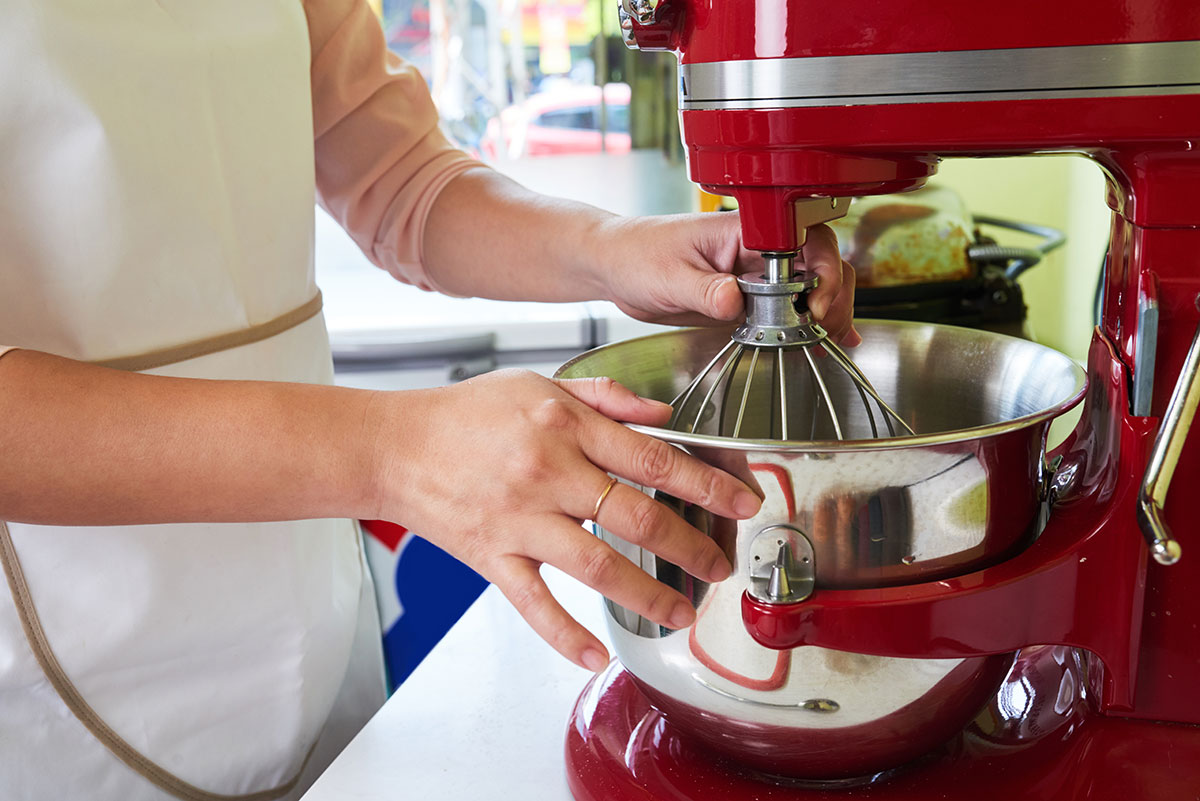
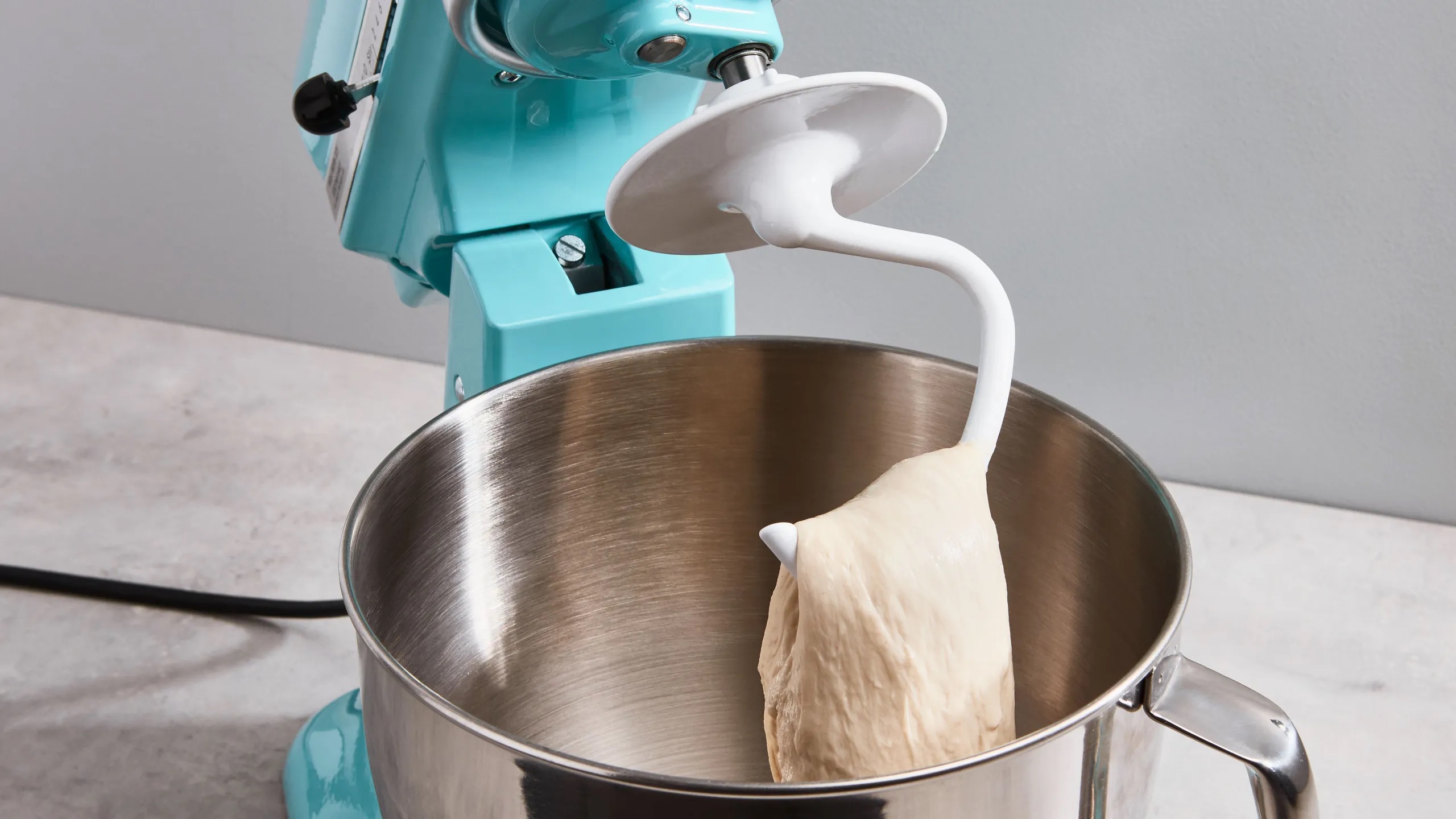
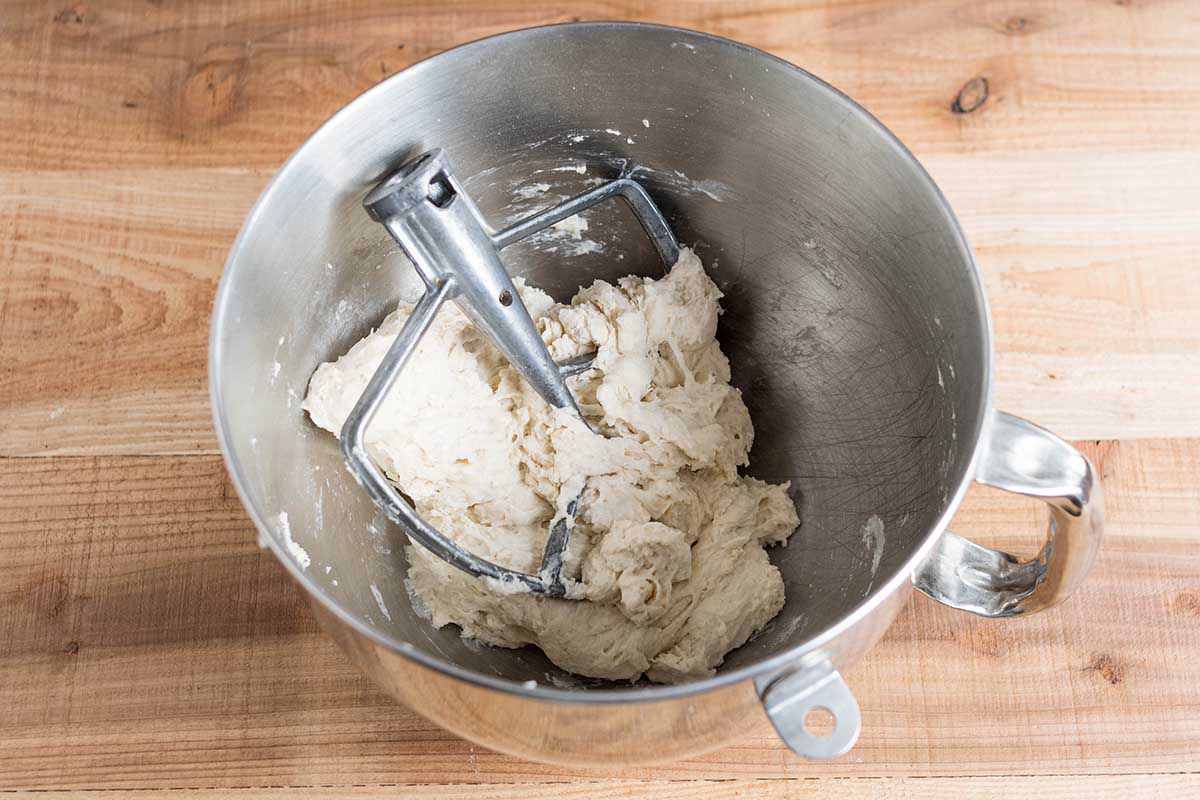
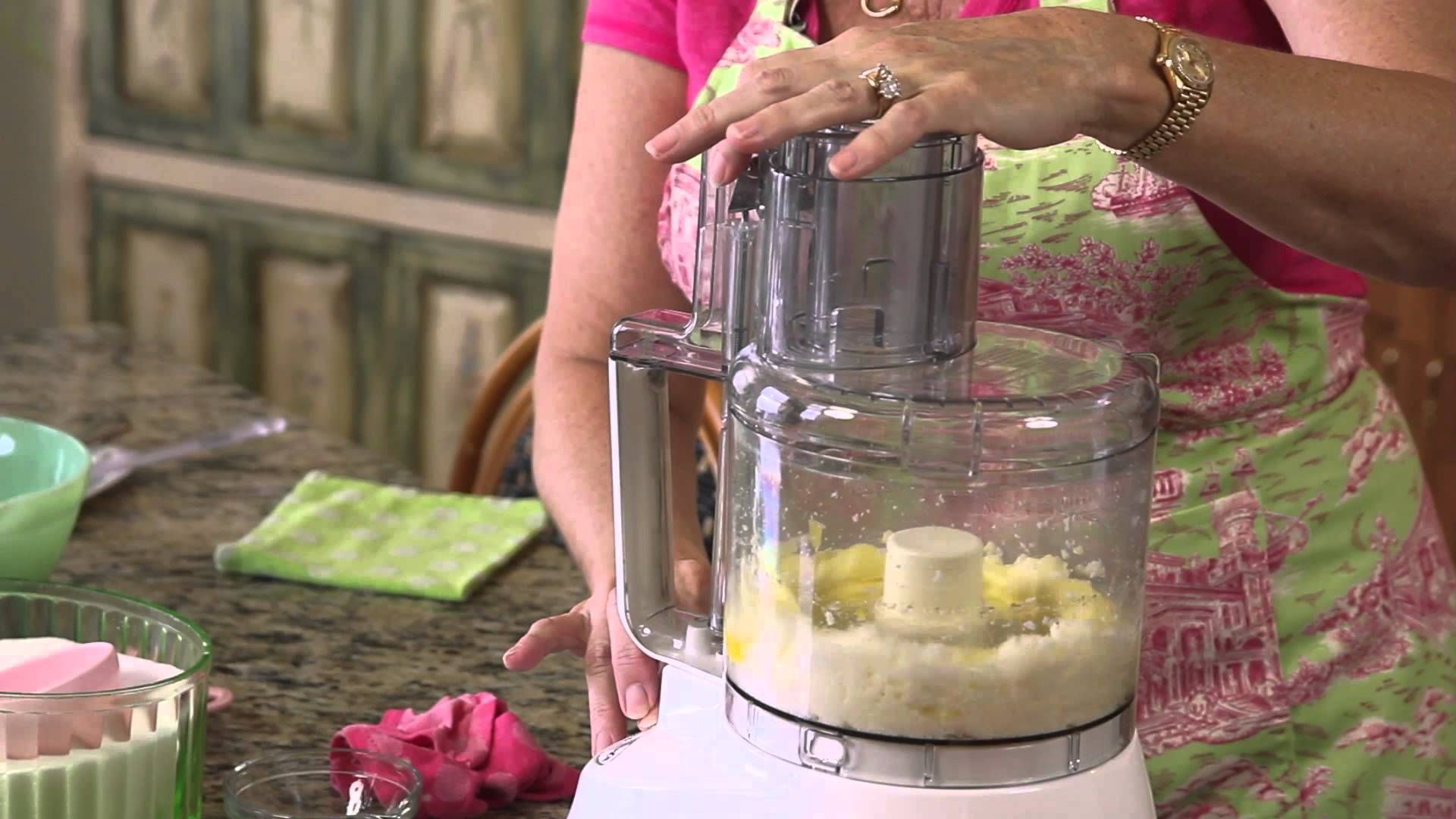
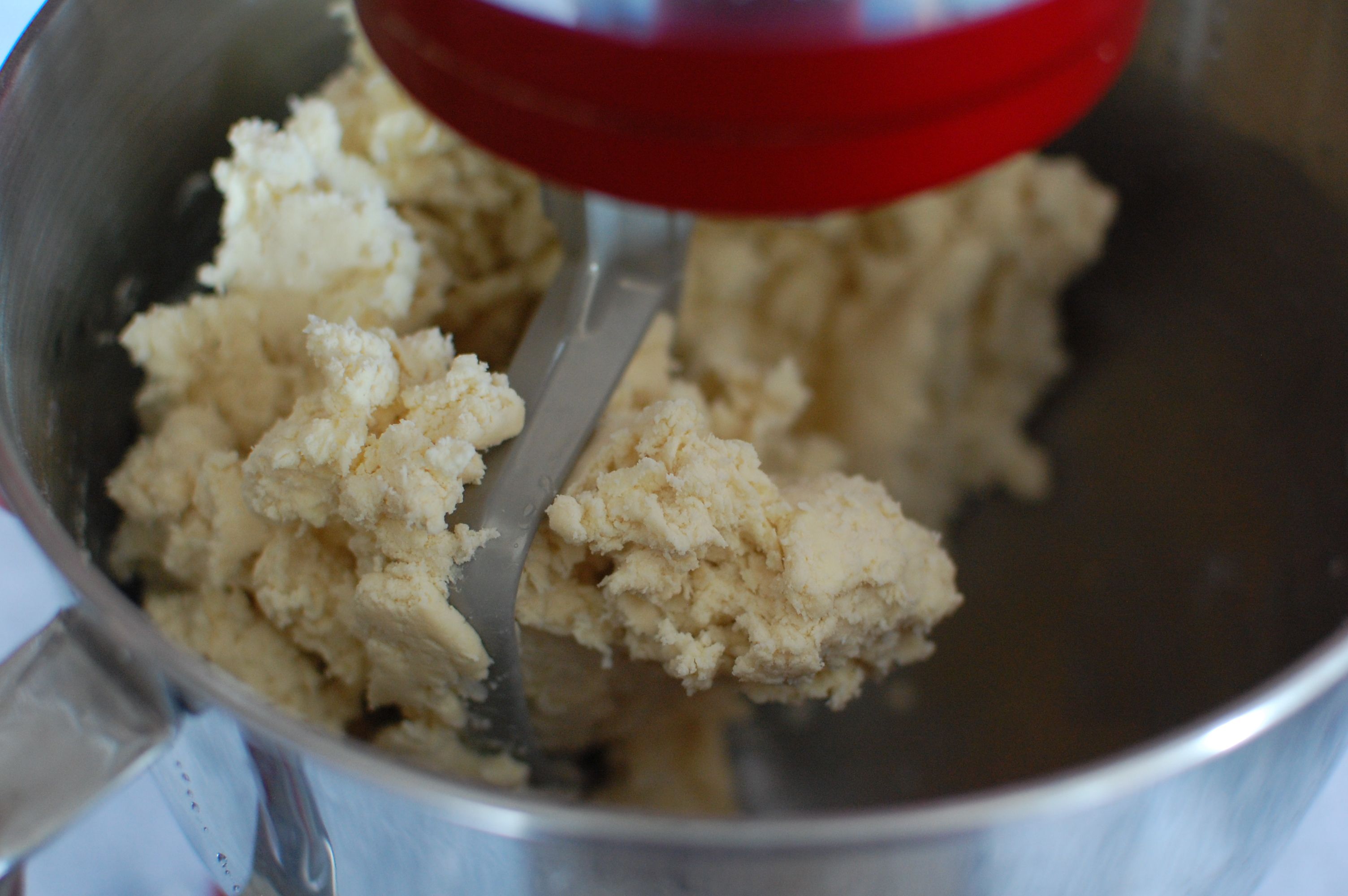
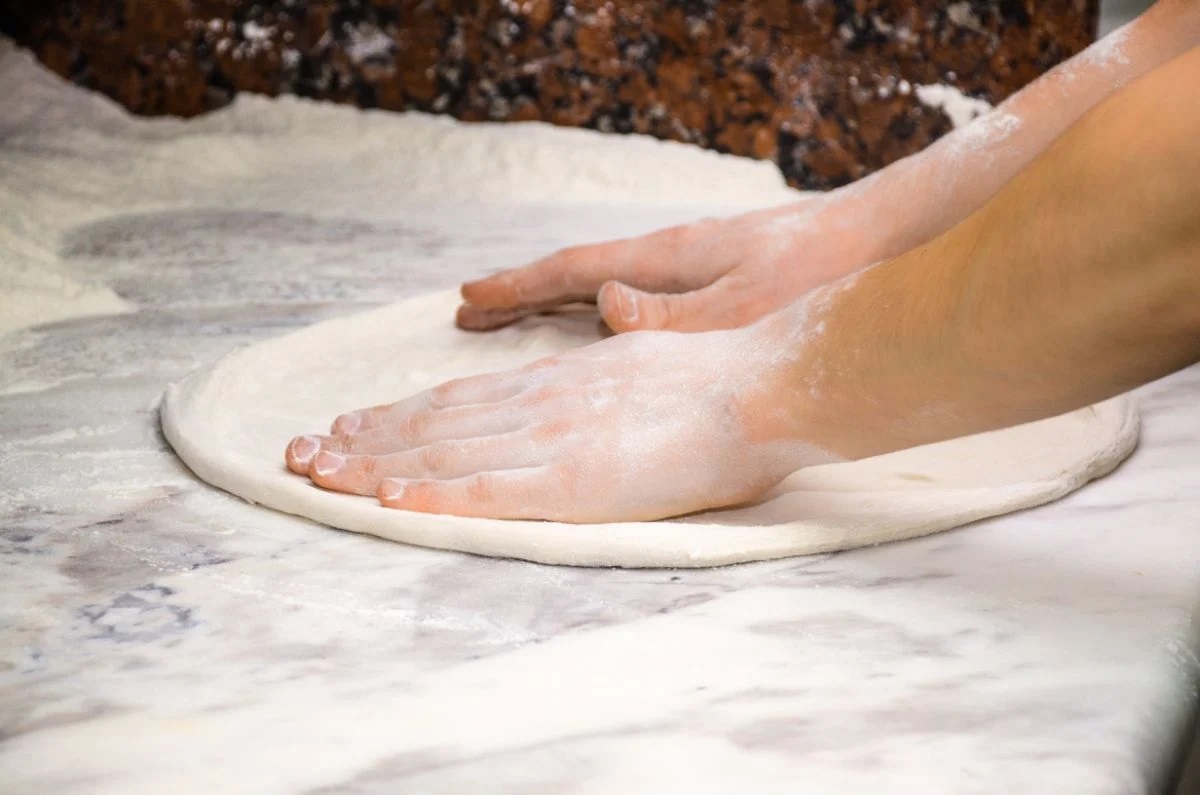
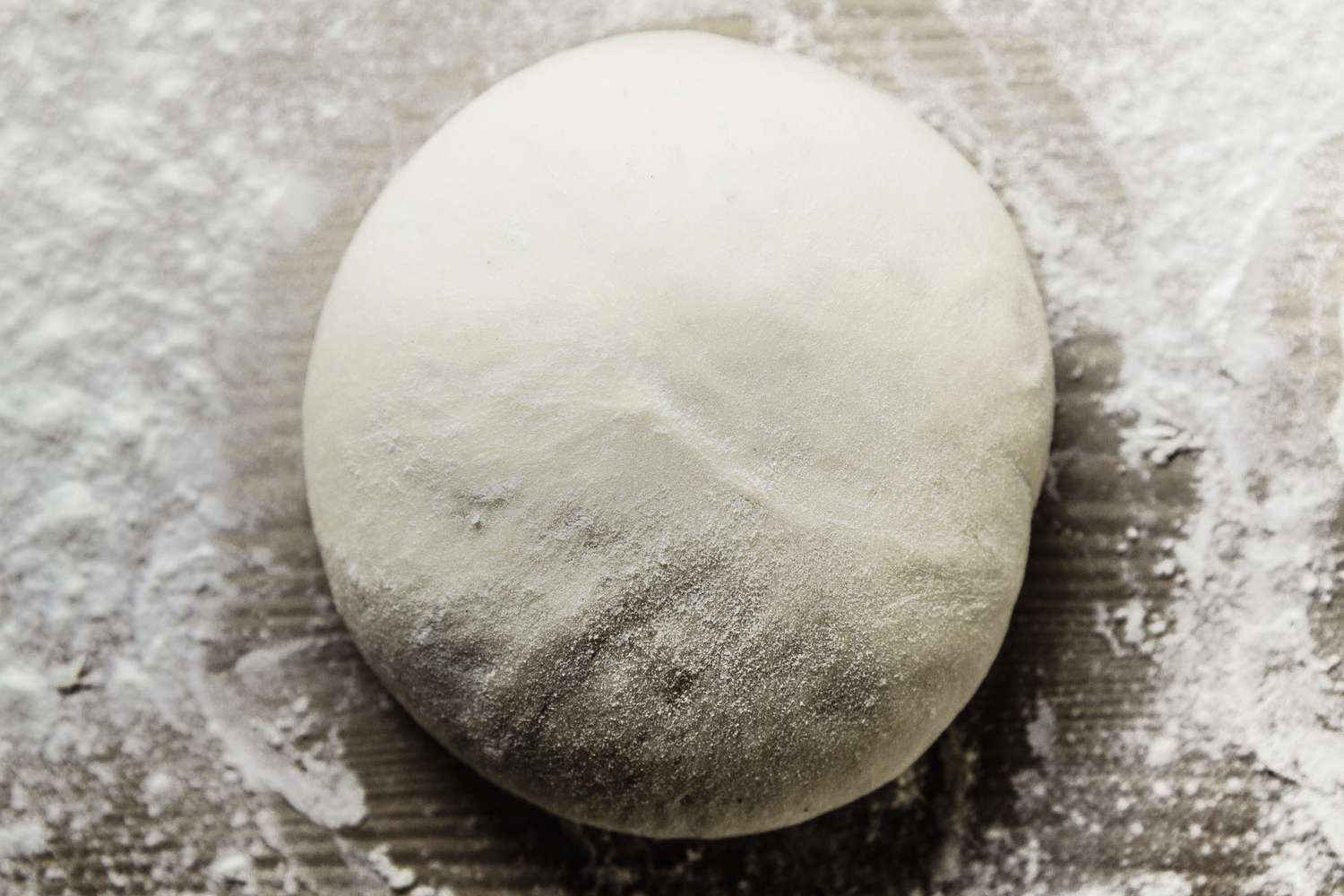
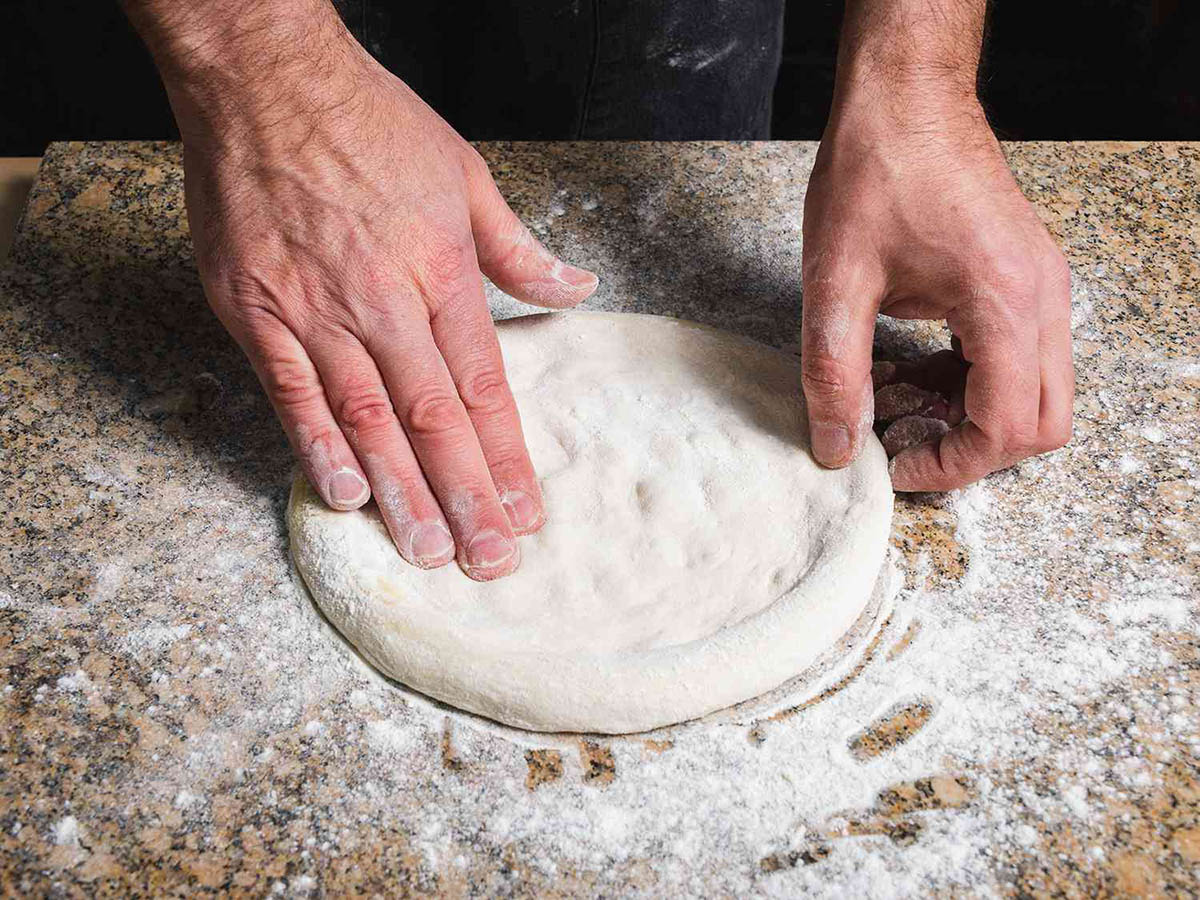
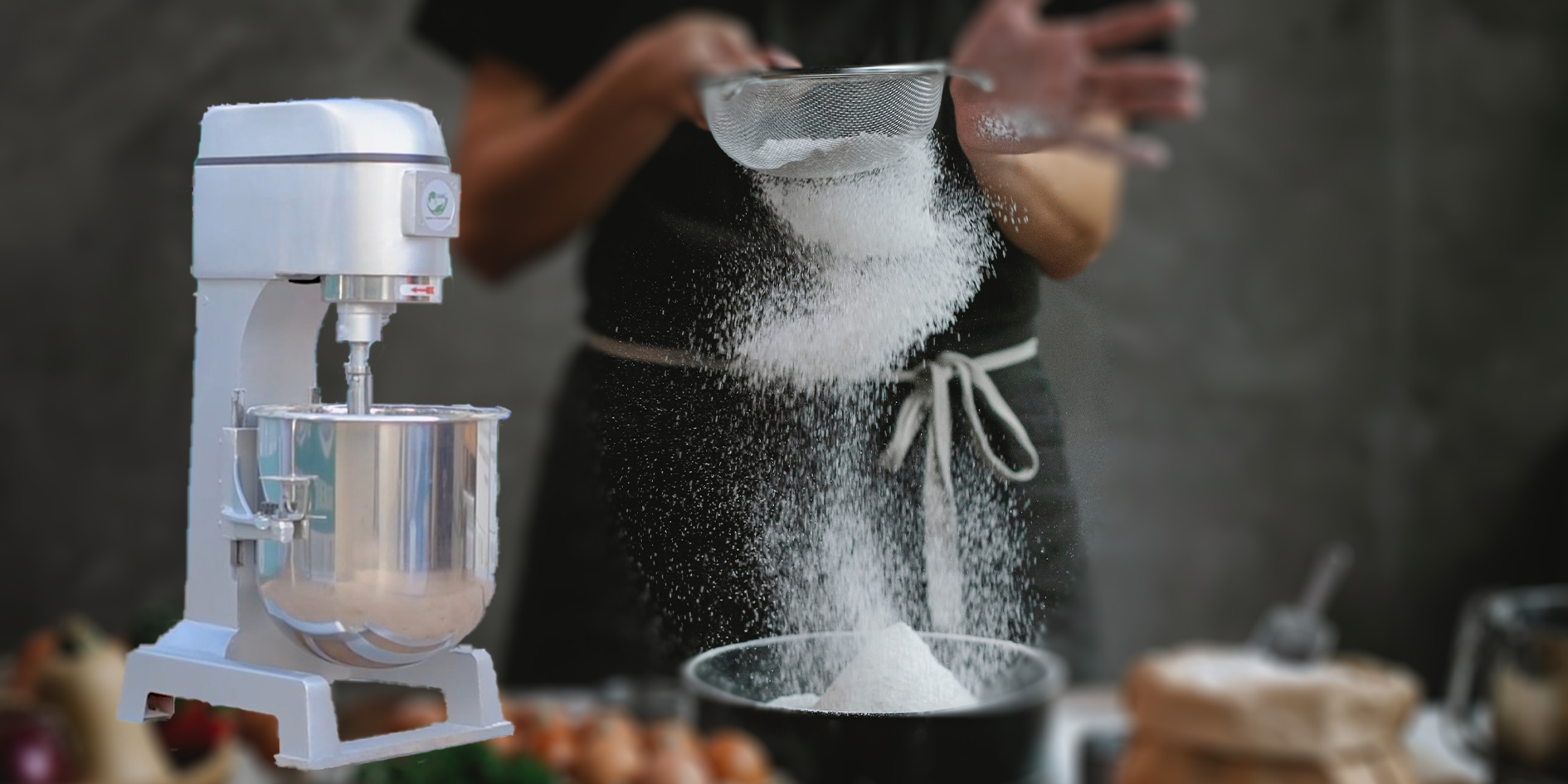
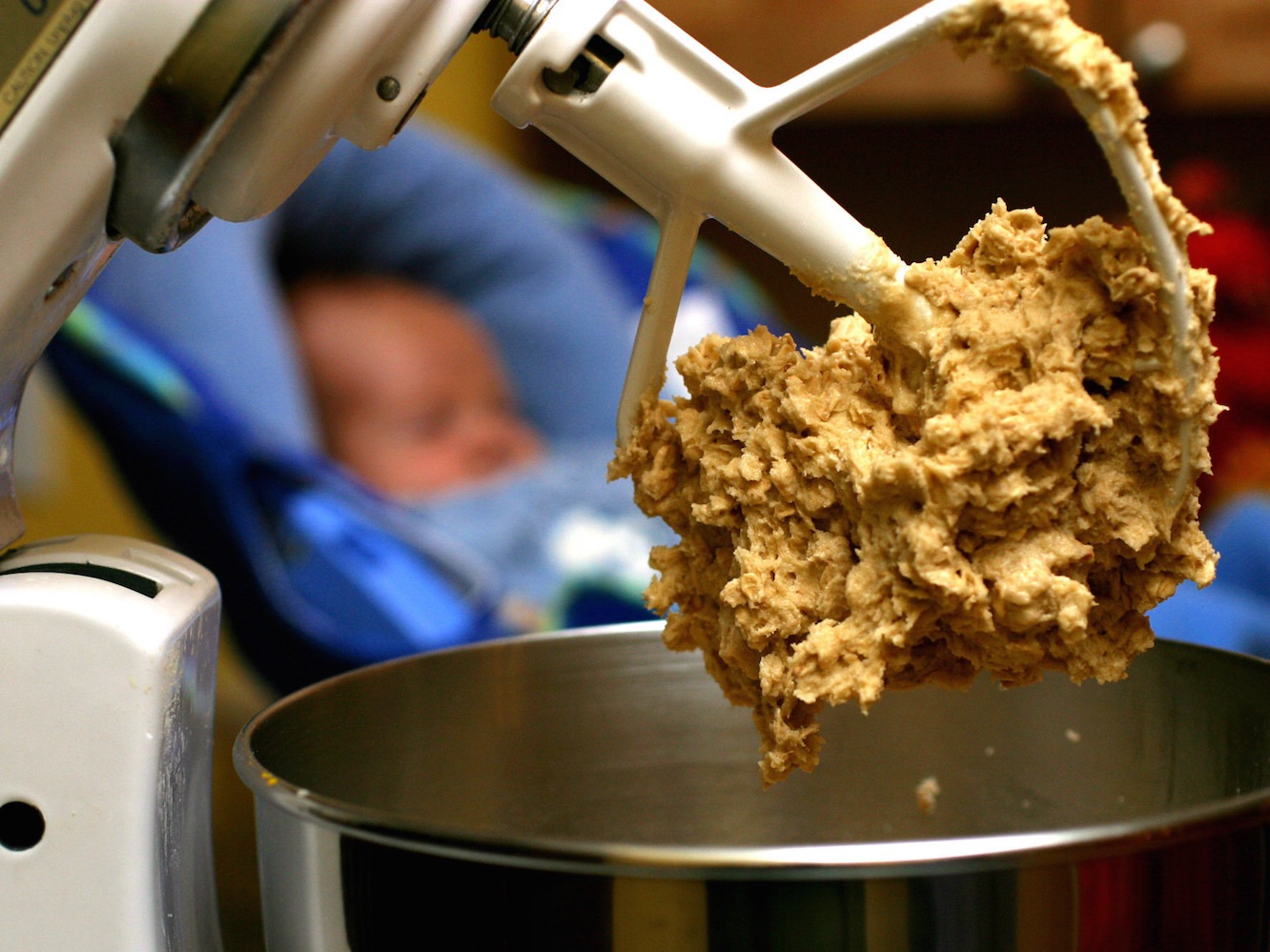
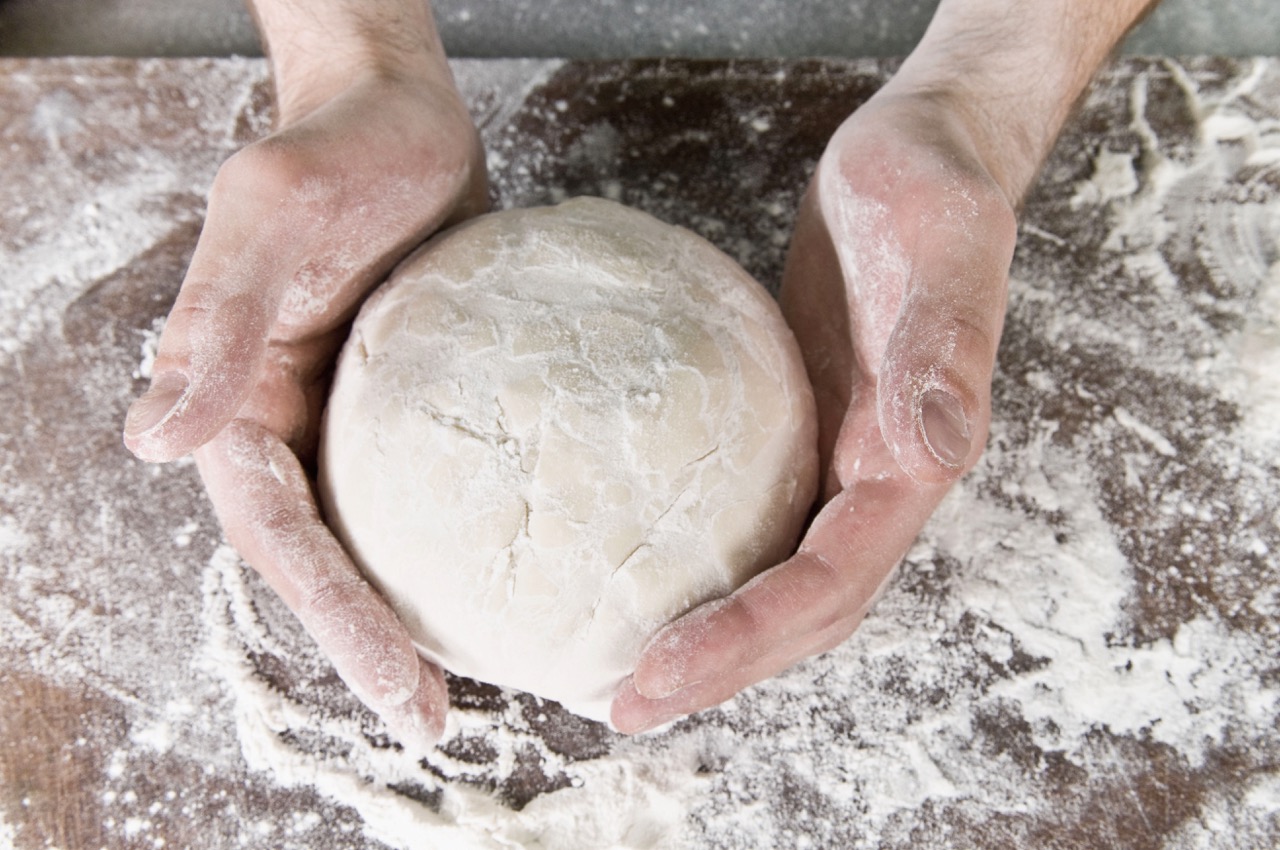
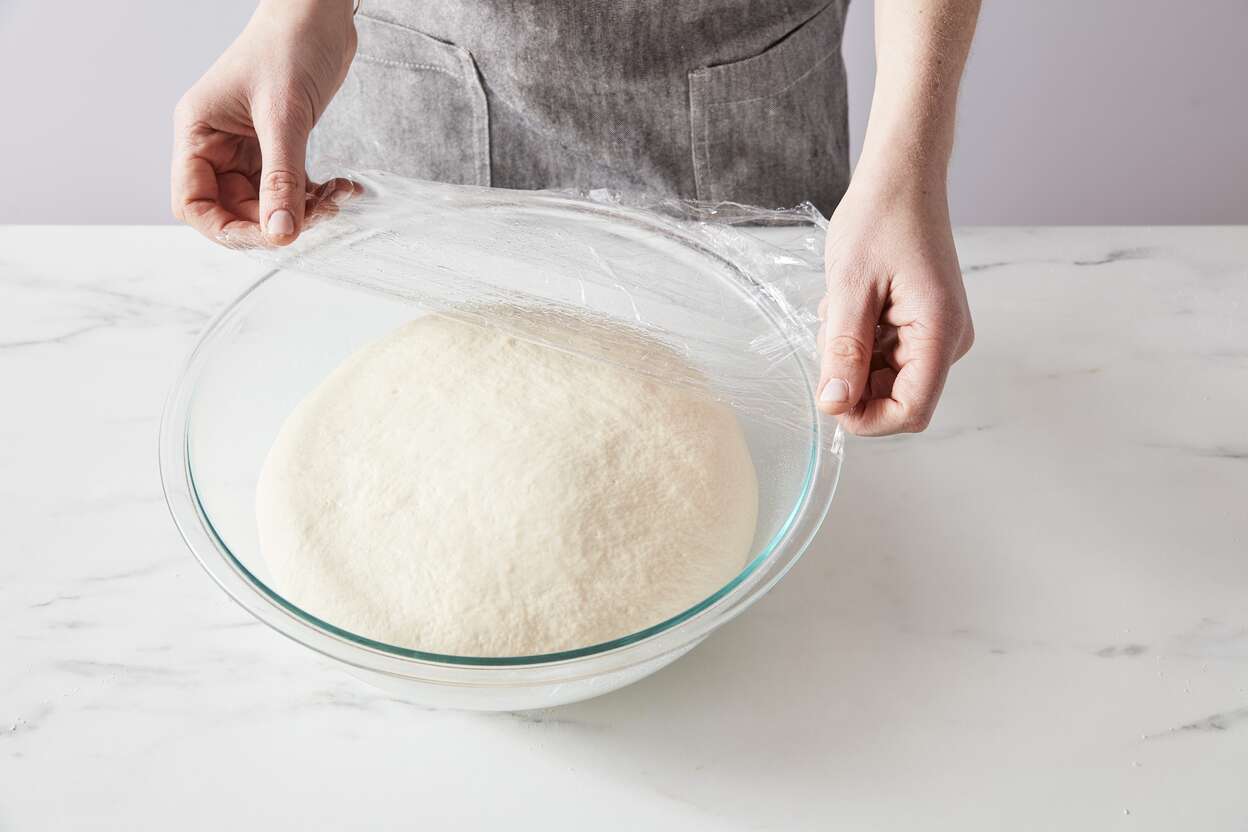
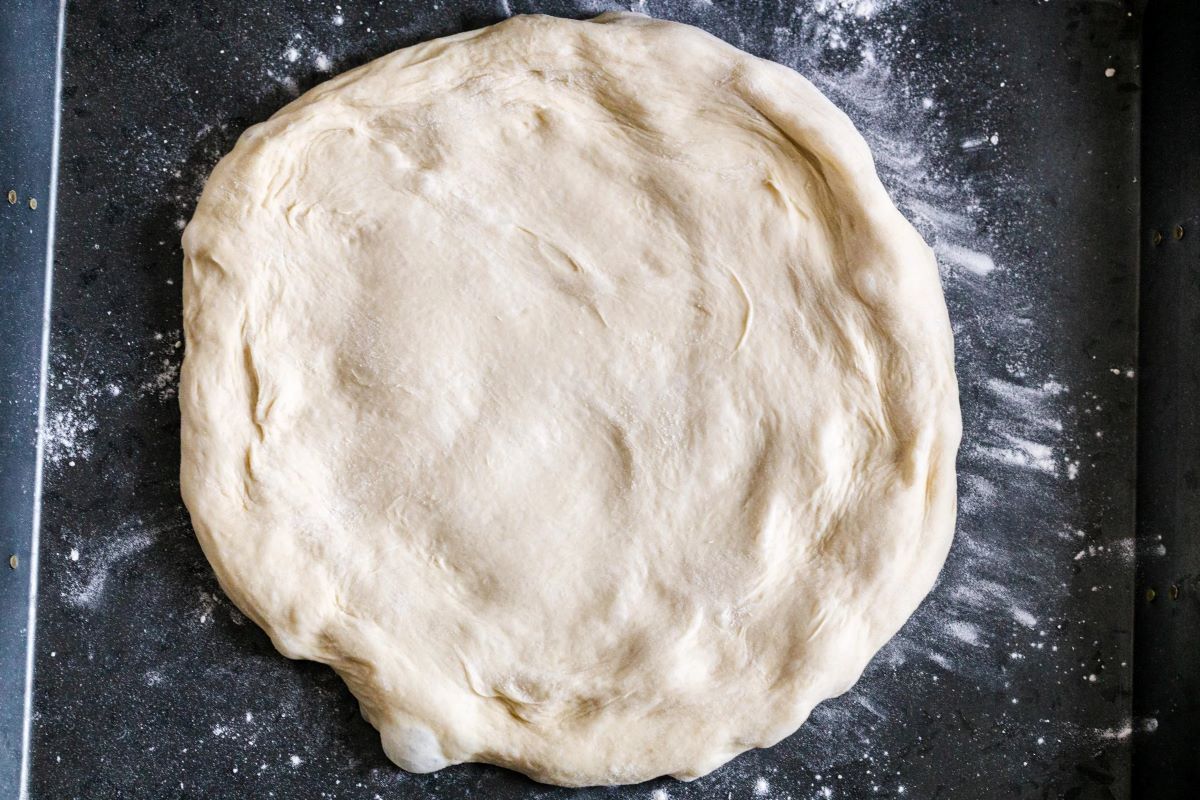
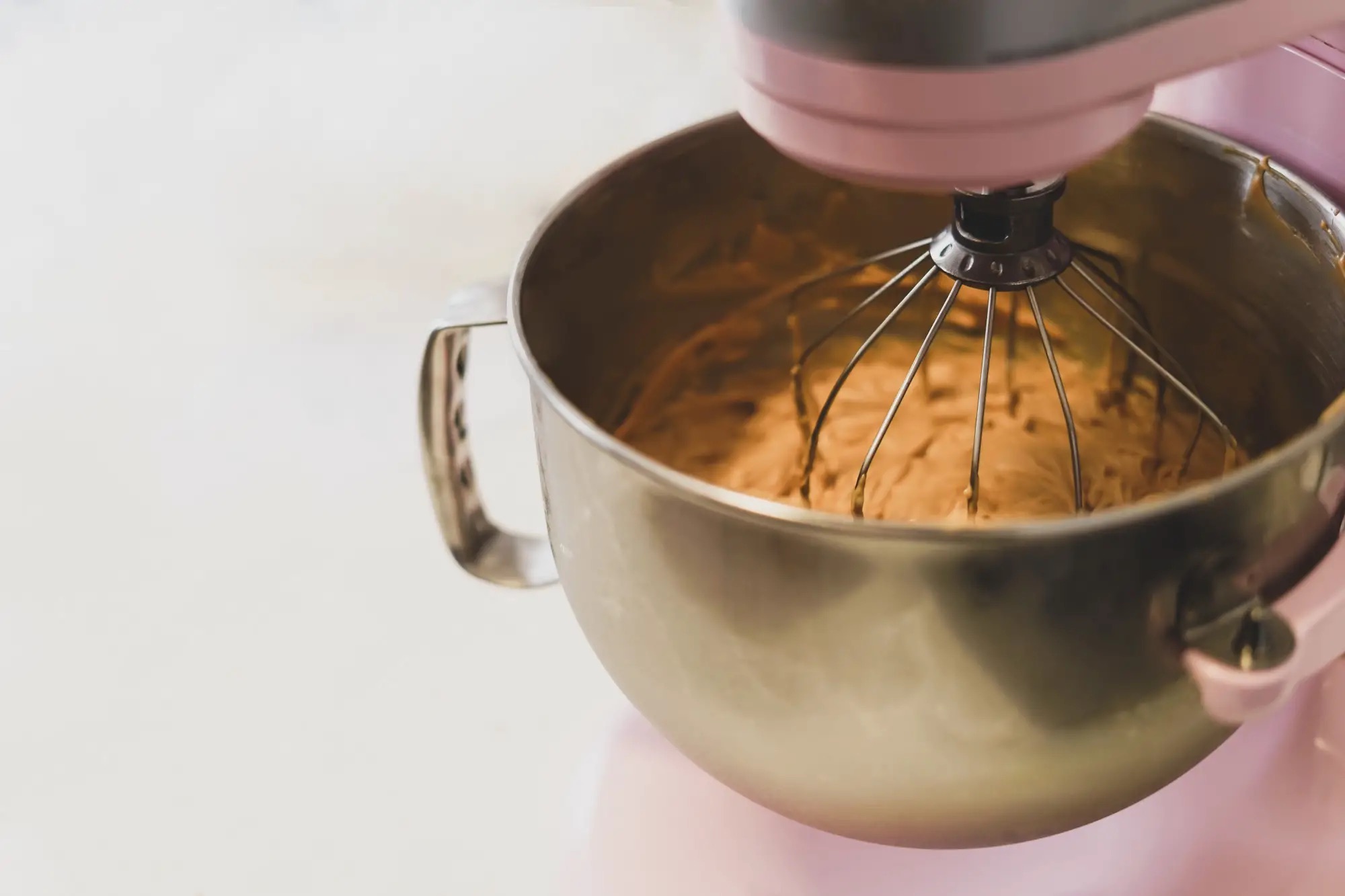

0 thoughts on “How Long To Knead Pizza Dough In Mixer”